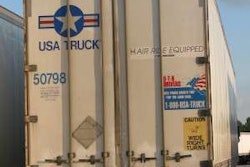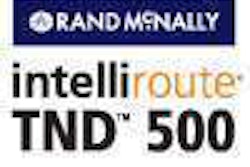The Environmental Protection Agency told a federal appeals court that it will reconsider its Feb. 18 guidance letter to truck and engine makers regarding selective catalytic reduction (SCR).In an Oct. 23 motion for a 60-day stay of Navistar’s lawsuit, EPA said itsreconsideration of the guidance “may resolve or otherwise moot some or all of the issues that are the subject of Navistar’s petitions for review.” Any party dissatisfied with EPA’s final action then could seek judicial review, so a stay would not prejudice Navistar’s case, the agency argued. Navistar is the lone engine maker pursuing exhaust gas recirculation (EGR) technology to comply with EPA’s 2010 emissions regulations.
“EPA believes it is appropriate to review and reconsider its 2009 guidance to determine whether it should take action to revise the guidance, e.g., to clarify that the guidance was not intended to change existing regulations or be binding or regulatory in nature,” the agency said in its motion. That statement leaves open the possibility that the guidance – which is intended to ensure that truck and engine makers adopt specific vehicle design measures to guard against operation of SCR vehicles without diesel exhaust fluid (DEF) – would not be enforceable.
Navistar opposed EPA’s motion, saying that the agency implies it might issue a new final agency action. If EPA just plans to trifle with the guidance and reissue it to “restart the game clock,” it would be manipulating thecourt’s jurisdiction, Navistar said.
“That also would delay disposition of the issues presented here and amount to a pointless strategic maneuver, aimed at improving EPA’s litigation posture rather than addressing the vital matters at hand.”
Navistar argued that not only did EPA violate rulemaking procedures by imposing a regulatory requirement, it also is illegal under the Clean Air Act because it allows excessive NOx emissions. To stay the litigation, therefore, EPA needs to undertake a rulemaking either to confirm or refute that SCR is a feasible technology to meet the 0.2g NOx standard on the road, Navistar told the court.
EPA responded that the stay was intended to give the agency the ability to address the very things that Navistar alleges are problems with the guidance. And regarding the other grounds on which Navistar claims that the guidance is illegal, EPA argued that this litigation would not resolve that anyway because if the court ruled that the guidance should have been issued differently, it would vacate the guidance without addressing the merits.










